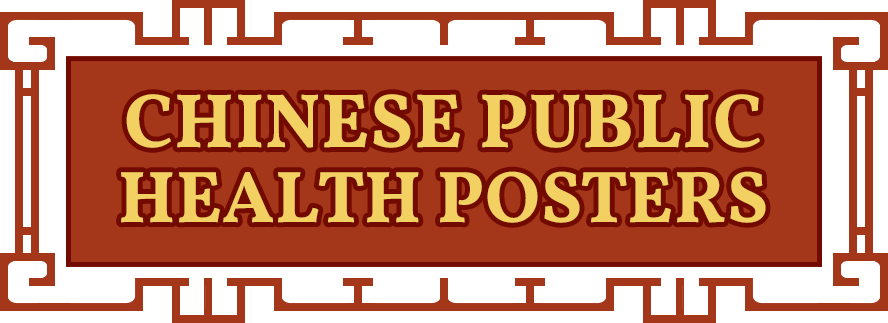About Disseminating Health Knowledge: Public Health Campaigns in 20th-Century China
Suggested Use
Disseminating Health Knowledge: Public Health Campaigns in 20th-Century China is an interdisciplinary module, based on the history of modern China as the guideline, but enriched with diverse disciplinary approaches. Instructors and students from a variety of disciplines, such as history of science and medicine, visual studies, social medicine, cultural studies, comparative studies, China studies, modernization studies, and diverse social science programs, will find the module geared toward their use. The introductory classes set up the background information for the discussion of Western influence and Chinese acculturation of the concept of scientific medicine and meanings of public health in modern society. The module demonstrates a variety of venues of knowledge dissemination, from public displays to educational institutions and to commercial marketing, so that students will be able to comprehend the health campaigns from diverse perspectives. As the classes unfold the different periods of 20th-century China, students learn about the changing discourse on the importance of public health to individual development and national modernization.
Objectives
At the conclusion of the module Disseminating Health Knowledge: Public Health Campaigns in 20th-Century China, students are expected to be able to do the following:
- Demonstrate a basic understanding of the relation of public health campaigns and national modernization in China
- Understand the different meanings and emphases of public health in China from those in the West, and why there were the differences
- Understand how scientific concepts and the germ theory were disseminated from the professional elite to the masses
- Evaluate the emphases of health campaigns in the 1950s–1970s and the general national development policy
- Demonstrate the ability to read and interpret primary and secondary sources, and analyze visual material in political and social context
About the Author
Liping Bu is Reid-Knox professor in the Department of History at Alma College, Michigan. She received her Ph.D. in history and policy from Carnegie Mellon University in 1995 and teaches modern Chinese history as well as China-U.S. relations in the 20th century. Her research interests include international cultural relations, modernization, and public health. She has published five books and dozens of peer reviewed journal articles and book chapters on a wide range of American international education and cultural relations, and public health and modern societies. Her 2015 book Public Health and the Modernization of China, 1865-2015 examines public health and modernization in 20th-century China. Some work of the project has also been published separately, including, “Beijing First Health Station: Innovative Public Health Education and Influence on China’s Health Profession,” in Science, Public Health, and the State in Modern Asia (Liping Bu, Darwin Stapleton and Ka-che Yip, eds., Routledge, 2011, 129-143); “Cultural Communication in Picturing Health: W. W. Peter and the Public Health Campaigns in China, 1912-1926,” in Imagining Illness: Public Health and Visual Culture (David Serlin, ed., University of Minnesota Press, 2010, 24-39); “Social Darwinism, Public Health and Modernization in China, 1895-1925” in Uneasy Encounters: The Politics of Medicine and Health in China 1900-1937 (Iris Borowy, ed., Peter Lang, 2009, 93-124); and “Public Health and Modernization: The First Campaigns in China, 1915-1916,” Social History of Medicine 22, no. 2 (August 2009, 305-319).

